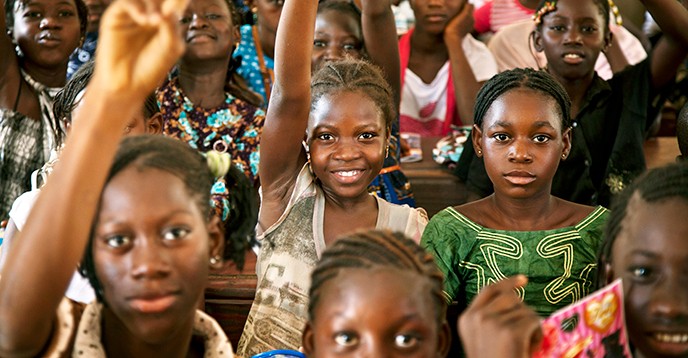education_stats_uis_688px.jpg

New data from the UNESCO Institute for Statistics (UIS) show that 617 million children and adolescents worldwide are not achieving minimum proficiency levels in reading and mathematics. This signals “a learning crisis” according to the UIS, which could threaten progress towards the United Nations Sustainable Development Agenda.
The data breakdown shows more than 387 million children of primary school age (56%) and 230 million adolescents of lower secondary school age (61%), will not achieve minimum proficiency levels in reading and maths.
Sub-Saharan Africa has the single largest number: 202 million children and adolescents who are not learning these fundamental subjects. Across the region, nearly nine out of ten children between the ages of about 6 and 14 will not meet minimum proficiency levels in reading and math. Central and Southern Asia has the second highest rate, with 81%, or 241 million, not learning.
Most kids not learning are in school
Most surprising – and alarming – is that two-thirds of the kids who are not learning are in school. Of the 387 million primary age children unable to read proficiently, 262 million are in a classroom. There are also about 137 million adolescents of lower secondary age who are in classrooms, but unable to meet minimum proficiency levels in reading.
The data suggests the new numbers are rooted in three common problems. First, lack of access, with children who are out of school having little or no chance to reach a minimum level of proficiency. Second, a failure to retain every child in school and keep them on track, and third, the issue of the quality of education being delivered in the classroom.
A wake-up call
“The figures are staggering both in terms of the waste of human potential and for the prospects of achieving sustainable development,” says Silvia Montoya Director of UIS, “yet many of these children are not hidden or isolated from their governments and communities – they are sitting in classrooms with their own aspirations and potential. We can reach these kids, but not by simply hoping that they stay in school and grasp the basics. These new data are a wake-up call for far greater investment in the quality of education.”
The global goals for education are clear: Sustainable Development Goal 4 (SDG 4) signals a commitment from governments to ensure an “inclusive and equitable quality education and the promotion of lifelong learning opportunities for all.” The new data are the very first to be gathered on progress towards SDG target 4.1, which requires primary and secondary education that lead to “relevant and effective learning outcomes.”
****
For more information
See the UIS paper, More Than One-Half of Children and Adolescents Are Not Learning Worldwide
Contacts:
Amy Otchet, UNESCO Institute for Statistics (Montreal, Canada), tel: +1 514-343-7933, email: a.otchet@unesco.org
Katja Frostell, UNESCO Institute for Statistics (Montreal, Canada), Tel: +1 514-343-7705, email: k.frostell@unesco.org
